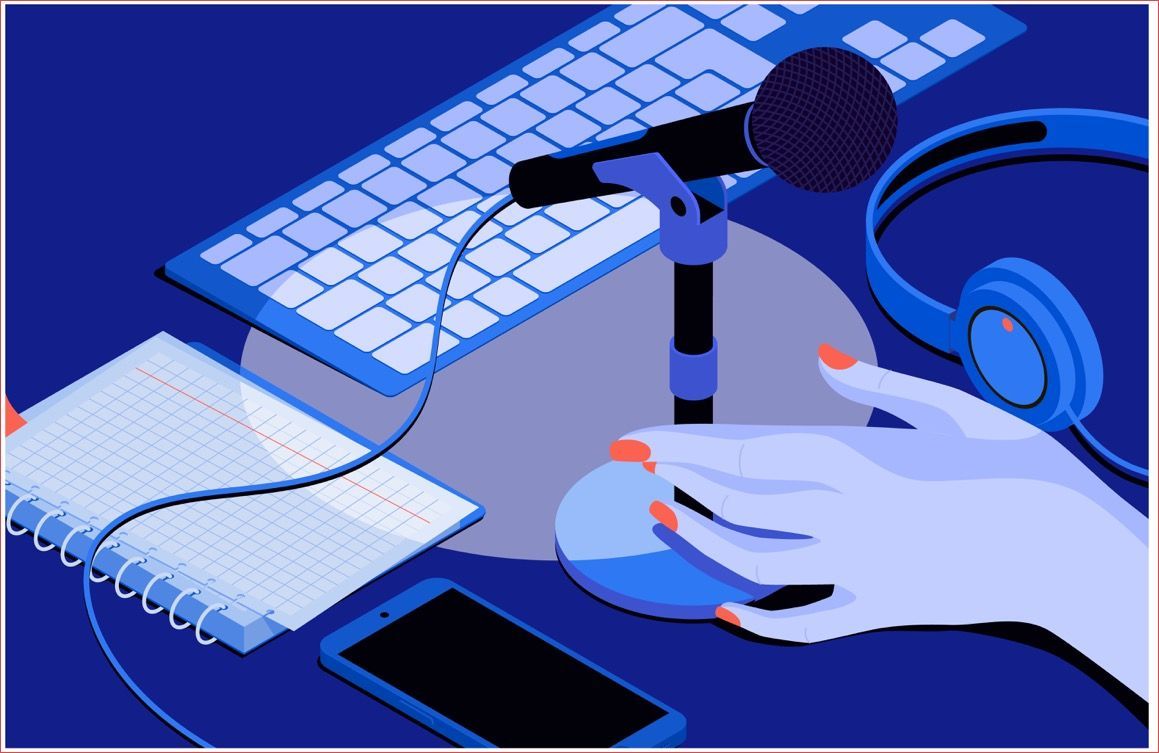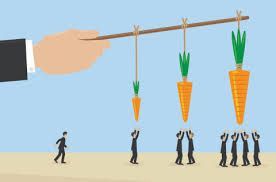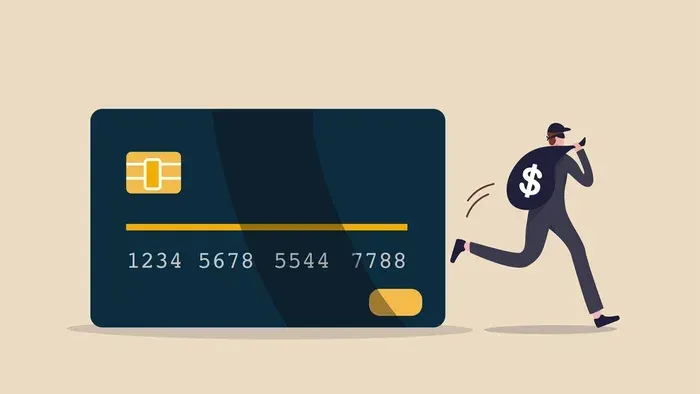Bring Back on Hold – Better Than Ever
On hold systems went through a heyday in the 90’s and 00’s – they were a fashionable and affordable way for a company to advertise their goods and services to those detained in the inevitable purgatorial holding pattern before they reached customer service.
That’s when the cliché’s started.
“We know your time is valuable. Please continue to hold and you will be helped by the next available agent…” and “please hold for just one moment more….” Even though we *knew* it wasn’t for “just a moment more.”
Unfortunately, the cliches eventually took over the industry, making tropes out of the standard phrases, practices, and structures that built on hold companies. The off-color jokes about: “Suicide Hotline – please hold…” became the thing that most people thought about when they encounter an on-hold program – the tacky, time-wasting insincerity of a voice keeping you entertained while you wait to speak to an agent about a discrepancy on your bill. (I gave a presentation at an on-hold conference years ago, and me – a voice talent -- pointing out the stereotypes to the people who created them went over with mixed reviews. Some people appreciated the input from an “outsider”; others took it as me asking them to reinvent the wheel.)
What exactly can be done to modernize on hold, make it more relevant, and refresh it from its dated, cliché-ridden past?
Re-Educate the Caller
Everyone gets that sinking feeling when they’ve entered an on-hold sequence. Nobody’s happy about it, but we endure it to get to a solution. “Oh, this is the part where someone drones on about how great the company is, and this is just something I have to tolerate until I get to an actual agent.”
What if the on-hold sequences *weren’t something that needed to “endured”? And what if – in your company’s on-hold messaging, you meet the resistance head-on? (“Listen, we get it. Nobody likes being on hold. What if we told you that the wait is worth it? We have the best-trained customer service reps in the business, who know everything about your make and model of printer, and who are committed to making sure you leave this call a happy customer.”) I’d be somewhat intrigued and placated by that messaging, and I’m willing to gamble that your callers will as well.
It’s an Opportunity. Don’t Let It Pass You By.
To have a seemingly never-ending couple of sentences repeating over and over again while your callers are holding, is akin to water torture. *If* clients have to be on hold, see it as a golden opportunity to inform, reinforce, and yes, even brag. Callers might as well hear all about what makes your company different from the competition. They should be reassured by your messaging that they did not, in fact, make a mistake by engaging with your company, and if there are little extras which make your company awesome (five star ranking on Google, a recent glowing write-up, an award, brand-new facilities or even free parking) crow about that.
Use Only When Needed.
The dream, of course, is to always have your callers encounter a short, fast-moving IVR which gives them choices (to best utilize your staff’s skillset) and to get them immediately to that specialist. That’s not always realistic. Especially if you have a “busy season” (or peak time of day), it’s necessary to deploy an on-hold system. Make sure that *if* and *when* an on-hold system needs to be put into play that it’s sincere, it’s respectful of the caller’s time and tolerance, and that it shows the company in their best light.
The last piece of advice I have is: do something fresh. We have all heard – ad nauseum – those ubiquitous on-hold phrases that reassure us that live help is just a moment away (we don’t buy that for second), that our time is valuable (then why am I detained?) or that we’re the next caller in line (just stop.)











